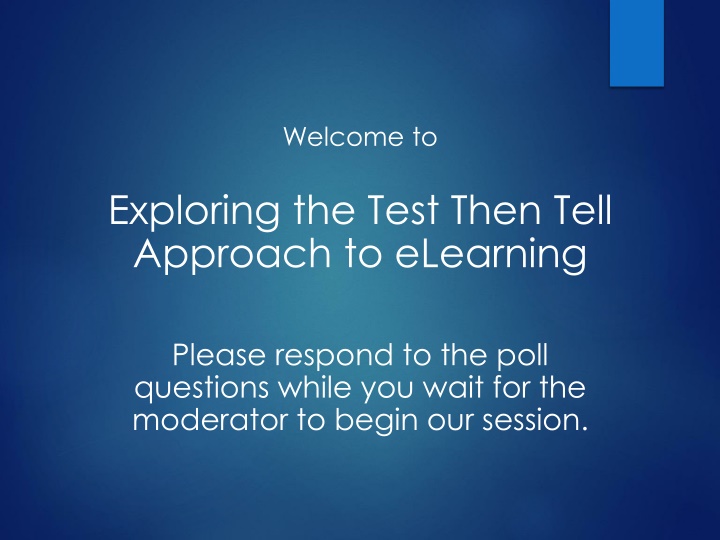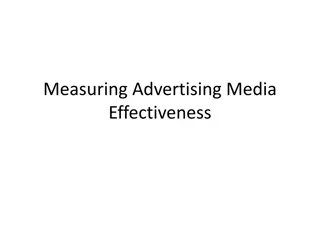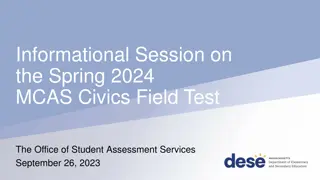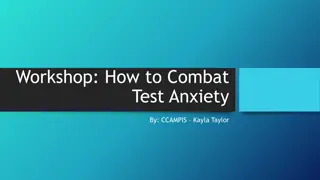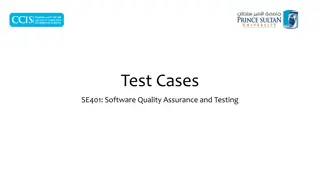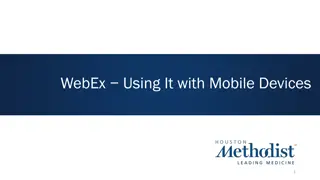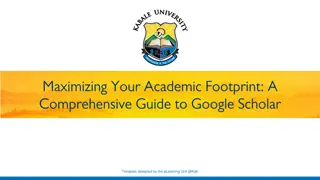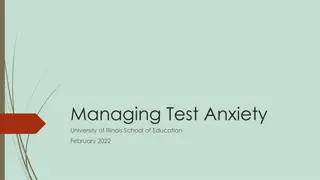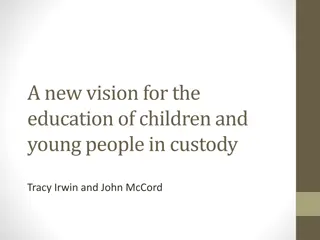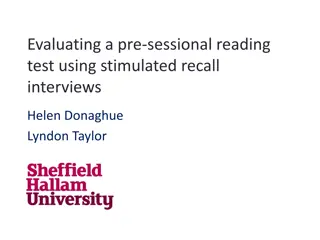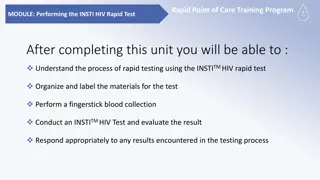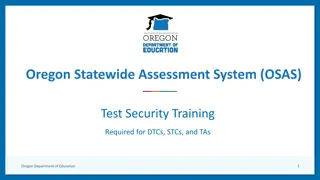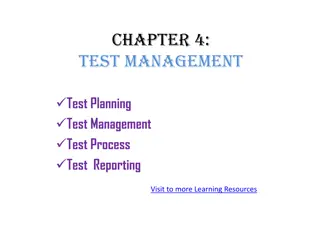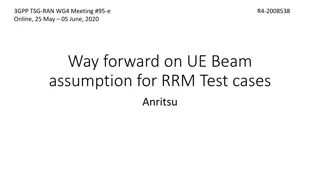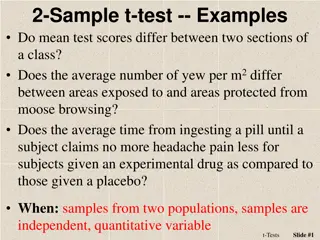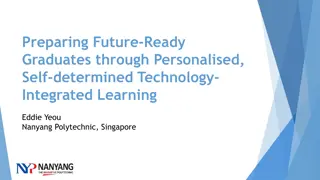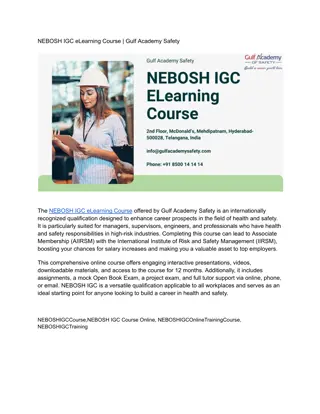Exploring the Test Then Tell Approach to eLearning
This session introduces the Test Then Tell approach to eLearning, covering its development process, strategies, and comparisons to traditional eLearning methods. The presenter, Mary Whalen, shares insights on how Test Then Tell enhances engagement through pretesting knowledge, hands-on activities, and interactive feedback, aligning with modern learning preferences. The session also delves into memory and learning concepts, emphasizing the importance of engaging content design to enhance user retention and knowledge acquisition.
Download Presentation

Please find below an Image/Link to download the presentation.
The content on the website is provided AS IS for your information and personal use only. It may not be sold, licensed, or shared on other websites without obtaining consent from the author.If you encounter any issues during the download, it is possible that the publisher has removed the file from their server.
You are allowed to download the files provided on this website for personal or commercial use, subject to the condition that they are used lawfully. All files are the property of their respective owners.
The content on the website is provided AS IS for your information and personal use only. It may not be sold, licensed, or shared on other websites without obtaining consent from the author.
E N D
Presentation Transcript
Welcome to Exploring the Test Then Tell Approach to eLearning Please respond to the poll questions while you wait for the moderator to begin our session.
Exploring the Test Then Tell Approach to eLearning MARY WHALEN
Presentation Overview What does Test Then Tell look like? What is Test Then Tell? Is Test Then Tell a good approach? Test Then Tell development process
My Background BA in English MA in Teaching Education Instructional Designer Technical Writer Career Lots of classroom training materials Some eLearning eLearning Certification from ATD Experience
Your Background Poll Results
Traditional eLearning Example: http://demos.abakc.com/eLearning/ training_demos/UDAAP/index.html
Traditional eLearning Structured sequence of modules Knowledge delivery, bulletpoints Feedback through checkpoints, assessment
Test Then Tell Examples: http://www.smartbuilder.com/ elearning-examples/all-examples
Test Then Tell? Pretesting knowledge/skills (Custom) hands-on style activity Telling through feedback
Test Then Tell Strategies Allow users to opt out of knowledge delivery Path is not necessarily sequential Click on objects for details on demand ( hotspots ) More graphic than text-based Learning environment reflects work environment Other
Memory and Learning (http://www.brainrules.net/long-term-memory) People don't pay attention to boring things. The brain's "attentional" spotlight can be on one thing when multitasking. We are better at seeing patterns and abstracting the meaning of an event than we are at recording detail. Emotional arousal helps the brain learn. Audiences check out after 10 minutes, but you can keep grabbing them back by telling a narrative or by creating events rich in emotion.
Comparison Traditional eLearning Test Then Tell Follows a pre- determined sequence and scope Sequence and scope can be determined by learner s pre-existing skill level Usually interactive Tends to be lecture-style delivery More text, word-based More image, animation- based Active/critical thinking More passive listening/watching
CCAF (Michael Allen, Allen Interactions) Designing Activities Meaningful framework, conditions, environment Context Challenge Stimulus/urgency to act Activity Response to the challenge Reflect effectiveness of actions to learner Feedback
CCAF (Michael Allen, Allen Interactions) Example: Cooking food at fast food restaurant Context Kitchen with food storage and prep areas Challenge Time cooking of meal components so they are served hot Activity Cook an order for a burger and fries Feedback Have running timer and give warnings before and after goal times are reached
CCAF (Michael Allen, Allen Interactions) Example: Determine whether a practice (marketing bank services) is unfair, deceptive, or abusive Context Challenge Activity Feedback
Activities for Verticals Medical? Sales? Bank? IT/software? Agriculture? Religion?
Development Software (ATD course) Flash HTML5 ZebraZapps Articulate Storyline Lectora Captivate Articulate Presenter Adobe Presenter Unison Authorware Supporting Helpful Tools Camtasia Fireworks SimWriter SwishMax PowerPoint Dreamweaver
Samples PowerPoint mockup Captivate project Themes Timeline Filmstrip Images, Video Feedback/States Branching Quizzes
Challenges My challenges Buy-In from sponsors Different type of job What challenges have you come across in developing interactive eLearning? What challenges do you anticipate?
Final Thoughts Target audiences Tips Give clear context and direction Consider giving option for telling before testing Navigation is important Gamification Lots of resources available
Poll Question What is your impression of Test Then Tell?
Thank You! MARY (SOJOODI) WHALEN MSOJOODI@YAHOO.COM FIND ME ON LINKEDIN
